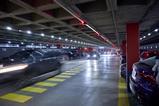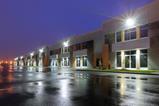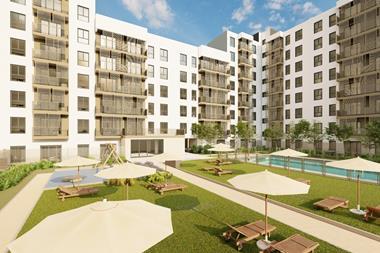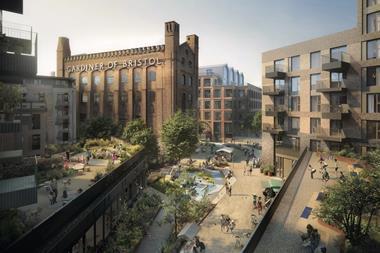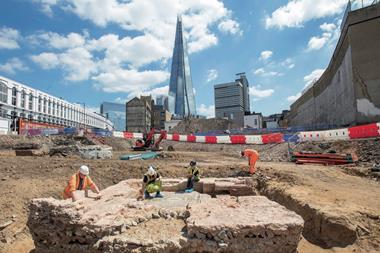Redevco has ventured into the European hotel market with the acquisition of six real estate assets across Spain and Portugal for more than €80m (£70m).
The investments in Lisbon, Bilbao, Seville, Porto, and Malaga will seed the launch of Redevco’s ‘Next Gen Stays’ joint venture platform which will transform redundant properties into desirable hotels.
The intention is to build a €250m portfolio in the Iberian markets with a like-minded joint venture partner initially, before expanding into a pan-European hotel vehicle with a target €500m to €700m investment volume.
Next Gen Stays targets a net levered internal rate return of at least 15% over a five-year period.
The goal of the strategy is to capitalise on the post-pandemic resurgence and growth in the youth tourism and experience travel market and aggregate a professionally managed portfolio in a rapidly evolving and fast-expanding sector.
Redevco is working alongside a Spain-based boutique hotel operator that will drive the design and lease the asset.
Redevco said its new strategy ”is also targeting the strong sustainability and social returns that can be achieved through repurposing architecturally interesting but outdated buildings and upgrading their environmental footprints”.
Israel Casanova, managing director of global transaction management at Redevco, said: “By marrying Redevco’s strong retail and urban regeneration real estate investment track record with best-in-class hotel operators, our Next Gen Stays strategy plays to the latest upcoming travel and consumer trends.
”The vast online ‘sharing economy’ market that Airbnb identified and opened up is now professionalising in a more community-focused way. Our Next Gen Stays hotels form a distinct market sub-segment to target the younger, tech-savvy and sustainable travellers who are increasingly seeking out authentic, high quality yet affordable experiences.”
Herman Jan Faber, managing director of fund management at Redevco, added: ”We think that it is much more sustainable to convert existing buildings and make them as sustainable as possible, rather than knocking them down and building new - given the inherent embedded carbon.
”It is really a strategy of making brown assets a lot more green than they are today. It’s also about community building and providing a really good, sustainable solution for people and neighbourhoods.”
To read the latest edition of the latest IPE Real Assets magazine click here.








